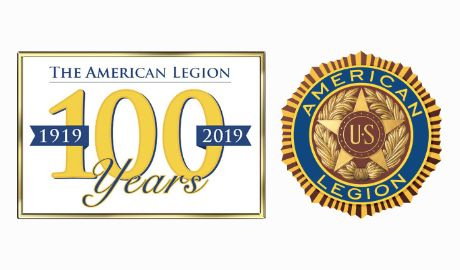New Page: Veteran Related Events (VRE)
I was at the Hero’s Cafe today for the first time. Great bunch of folks! I also got my copy of Steve’s book. One thing I noticed is that there were a lot of handouts about veternan this and that’s. I thought it would be good to have them in at least one place on the web. I don’t know of anywhere else, so I made one. Check it out! Use the contact page to get your event listed there.





